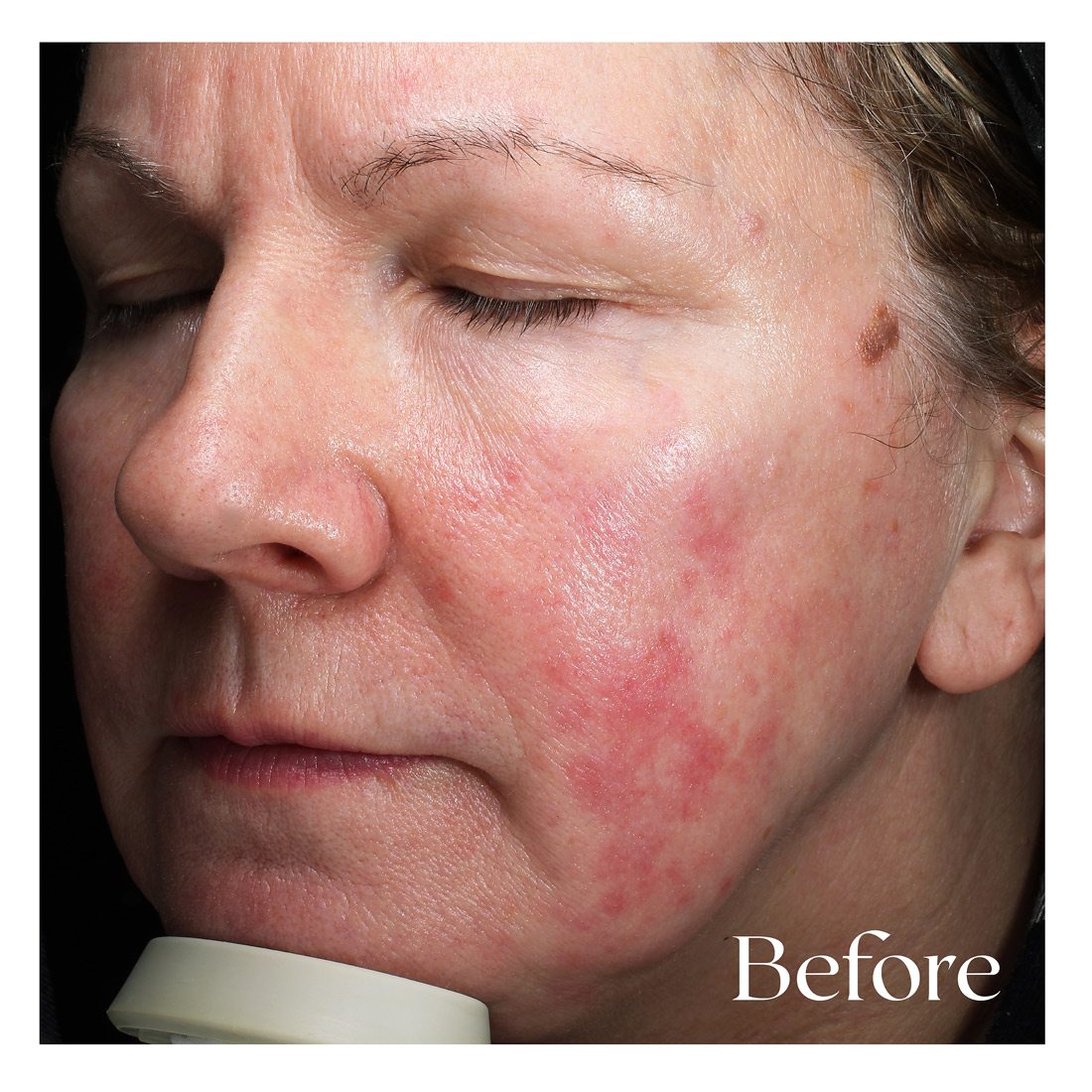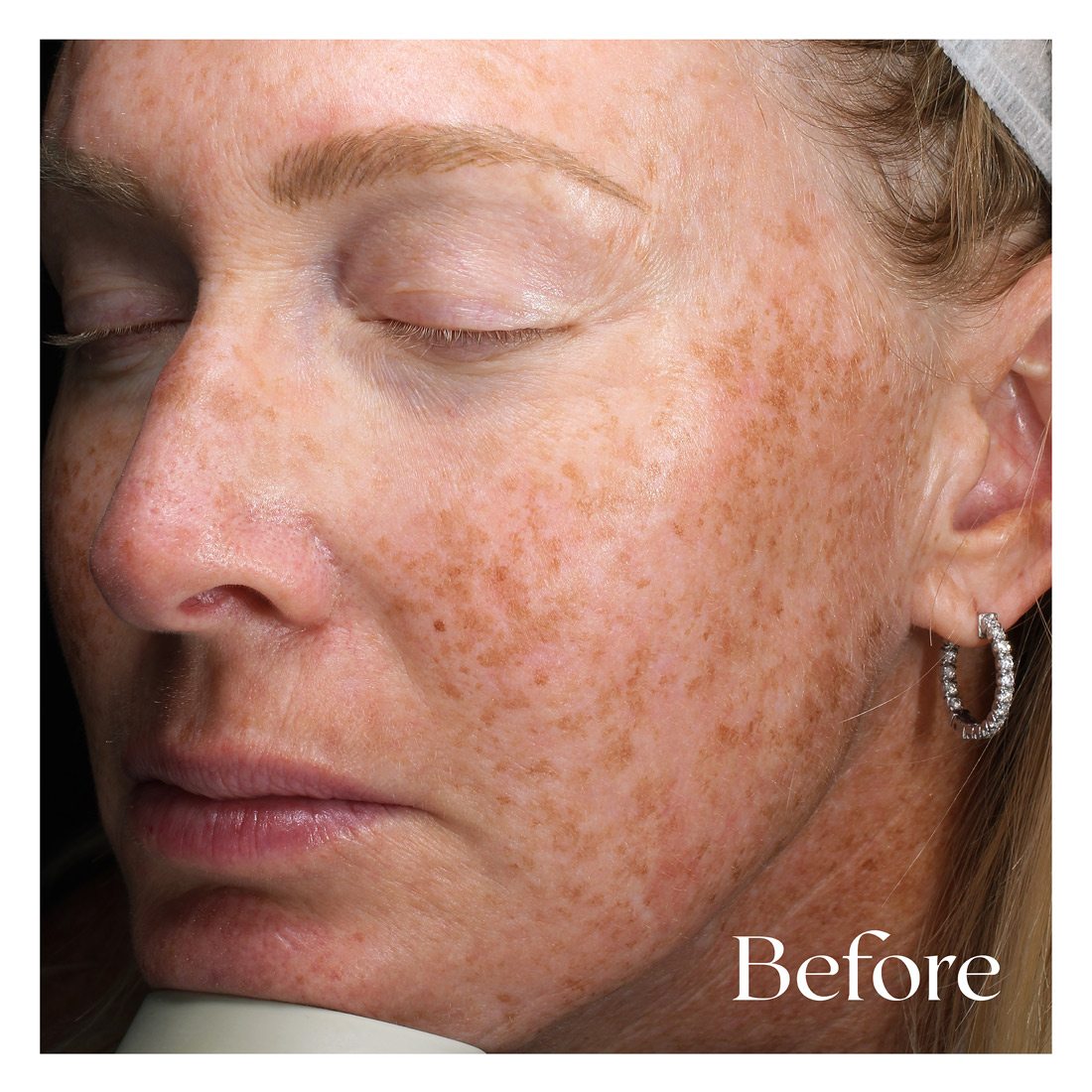
Lifestyle
Fact and Fiction About All That Sun Damage
It’s time to talk about sun damage - how to treat it and avoid it.
by Ettie Berneking
Oct 01 2022 at 8 a.m.

It’s time to talk about sun damage. Whether you’re someone who eagerly soaks up that summer tan, or you like to bask in the shade and limit your sun exposure, there are facts and fictions about what causes sun damage and how you can treat it. Here to shed some much-needed light on the truths about sun exposure is Dr. Matthew Kienstra, MD, FACS.
PRESENTED BY
Fiction: Sun damage can always be reversed.
Sadly, this just isn’t true. There’s a litmus to how much sun damage you can fix, which is why it’s so important to avoid damaging your skin in the first place. Wear sunscreen and hats and be mindful of how much time you spend in the sun.
Fact: Tanning booths are bad for your skin.
All UV radiation is linked to an increase in skin cancer, which means whether you spend time in the sun or in the tanning booth, you’re at an increased risk. However, most tanning booths use UVA lights that are several times stronger than natural sunlight. As a result, research has shown that people who tan before the age of 35 have a 75% greater risk of developing melanoma.
Fiction: Facials alone can reduce the appearance of sun damage on your face.
Dr. Kienstra says there isn’t one single facial that will eliminate the appearance of sun damage, but deep exfoliants and regular use of hyaluronic acid can help reduce the superficial signs of sun damage.
Fact: You can still get sun damage on a cloudy day.
“You’re actually at a higher risk of getting sun damage on a cloudy day just because you’re likely not thinking about wearing sunscreen,” Kienstra says. “UVA and UVB are both bad for your skin. The clouds don’t stop those rays from coming through.”


Fiction: You’re less likely to get sunburned during the winter.
This is both true and false. Yes, the sun is further from the earth during the winter, which means the UV light is less intense, but you can still get sunburned. “The reflections off the snow always seem to get people,” Kienstra says.
Fact: Your face and arms are highly susceptible locations for skin cancer.
According to Kienstra, those two spots are the most common places to find skin cancer, but the third spot might surprise you—your scalp. “It’s really common for people with thin hair or who are bald to develop skin cancer on their scalp,” he says. For that reason, don’t forget to wear a hat.
Fiction: You need to be in the sun in order to get vitamin D.
“That’s total nonsense,” according to Kienstra. “If you eat a healthy diet, you’ll get more than enough vitamin D.” Where sunlight really helps, he says, is improving your mood.
Fact: You should wear sunscreen even if you’re not going outside.
Even if you don’t head outdoors, you’re still at risk of UV light. That’s because those harmful rays can penetrate windows in your home and car. “We see lots of evidence of this just by looking at the rate of skin cancers that develop on the left side of people’s faces,” Kienstra says. “If you spend a lot of time in your car, you’ll see more sun damage and aging on that side of your face.”


Fiction: There’s no great way to treat sun damage.
While options are limited when it comes to removing signs of sun damage, there are still options. One that Kienstra often turns to is called BBL or broad band light therapy. Instead of removing the outer layer of skin like other laser treatments, the Forever Young Broadband Light or BBL targets red and brown pigment that occurs as a result of sun exposure. This form of treatment can also be used on larger areas like your shoulders, back, arms and legs.
Fact: The sun can damage your eyes.
Most people know the importance of wearing sunscreen, but Kienstra says they don’t often think about protecting their eyes. “Sun exposure can cause cataracts,” Kienstra says, “which is why you should always wear sunglasses when you’re outdoors.”
VOS by Kienstra
The award-winning Vos team, led by Dr. Matthew Kienstra, works directly with each patient to understand their unique needs and ensure an experience that exceeds expectations on every level. Dr. Kienstra offers a comprehensive selection of both surgical and non-surgical facial procedures.













